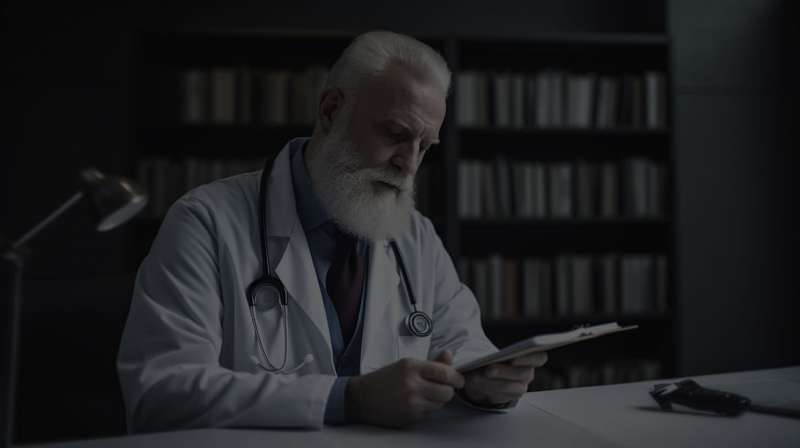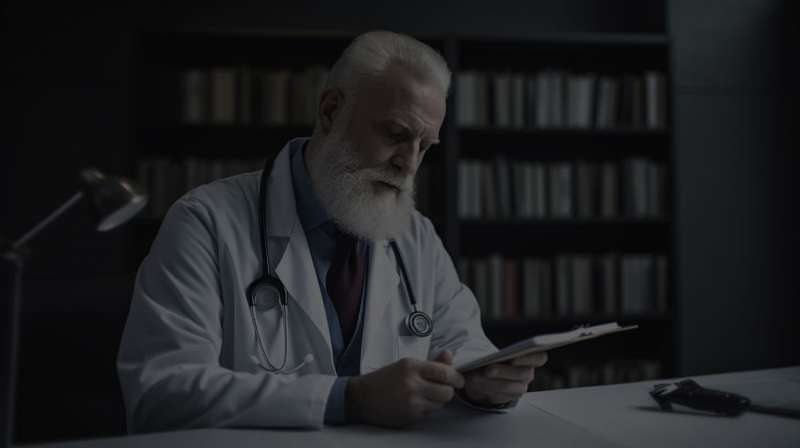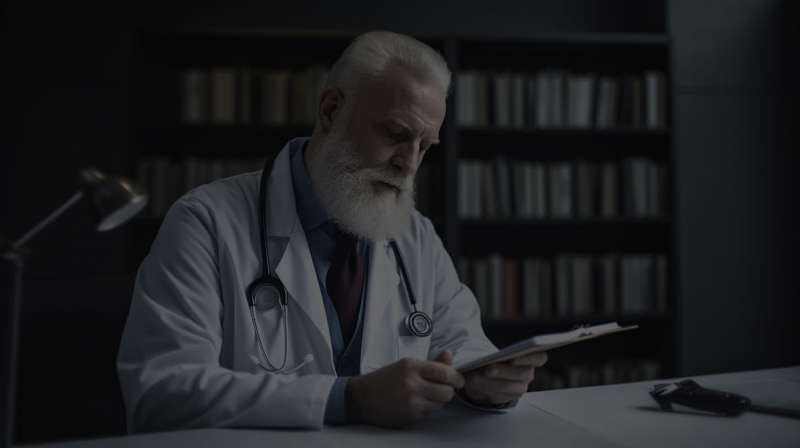Important Information
An insulin reaction occurs when a person with diabetes receives too much insulin, does not get enough sugar from food or engages in strenuous exercise that quickly decreases the blood sugar levels
Patients' suffering from low blood sugar may appear pale, have moist skin and sweat excessively
Patient's may complain of a headache and dizziness and be irritable and confused
Hyperglycaemia (high blood sugar) occurs when a person with diabetes does not have enough insulin to control rising blood sugar levels
Early symptoms of high blood sugar includes thirst and frequent urination; Advanced signs and symptoms include drowsiness and confusion, rapid weak pulse and rapid breathing with a fruity odour on their breath; The patient may also suffer with nausea, vomiting, and abdominal pains; Treat advanced cases as a medical emergency
Never give a patient insulin or medication - even if the patient asks for it; When in doubt, always provide the patient with a small snack, meal, sugar, fruit juice, soda or candy
Sugar is crucial for low blood sugar and will not cause significant harm to a patient with high blood sugar
Diabetes is a condition that is related to impaired insulin hormone and sugar levels of the body which can sometimes lead to an emergency. Diabetics may require medication to control the sugar levels.
Medication helps to improve the intake of sugar into the body but an inbalance can cause a blood sugar level.
Low Blood Sugar Symptoms
- Cold, clammy, sweaty skin
- Trembling
- Loss of balance, dizziness, giddiness
- Impaired conscious levels or unconsciousness
- Untreated low blood sugar can lead to death




Share on social media